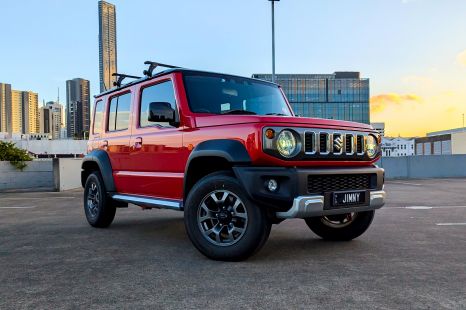

William Stopford
2026 Suzuki Jimny XL review
2 Hours Ago
James gets an early drive of the all-new BMW X1 ahead of its Australian sales launch during the tail end of 2022.



Quickly see how this car stacks up against its competition. Select any benchmark to see more details.
Where expert car reviews meet expert car buying – CarExpert gives you trusted advice, personalised service and real savings on your next new car.
The BMW X1 has rapidly risen to become one of the Bavarian marque’s most important models.
Merging premium quality, impressive handling and ample practicality, the X1 has been a top seller for the German brand since its introduction – now, there’s a new and improved model that’s looking to pick up where its predecessor left off.
With a sharp and more modern design, a fresh high-tech interior and an all-encompassing range of petrol and diesel engines, as well as hybrid and electric powertrains, the new X1 is certainly set to make an arrival when it arrives in Oz before the end of the year.
But when it’s up against such accomplished rivals from Audi, Mercedes-Benz and Volvo, will the new X1 be able to put itself back at the head of the pack?
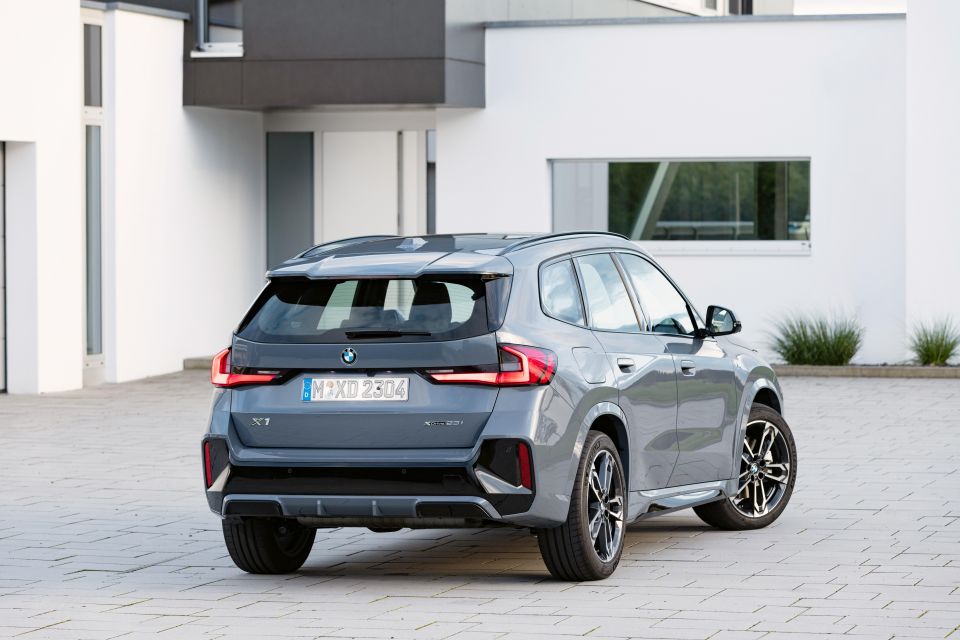
The two-variant 2023 BMW X1 range will start at $53,900 plus on-road costs when the new-generation model lands locally in the latter stages of this year.
Said starting price will get you the X1 sDrive18i, which features a three-cylinder petrol engine and front-wheel drive.
The sticker climbs to $65,900 for the X1 xDrive20i, which ups the cylinder count to four and adds all-wheel drive. Pricing for the all-electric iX1 xDrive30 hasn’t been confirmed as yet, but we’re expecting it to have a sticker starting with an 8.
Petrol versions of the new BMW X1 are positioned against a range of premium small SUVs, including the Audi Q3, Lexus UX and the Mercedes-Benz GLA.
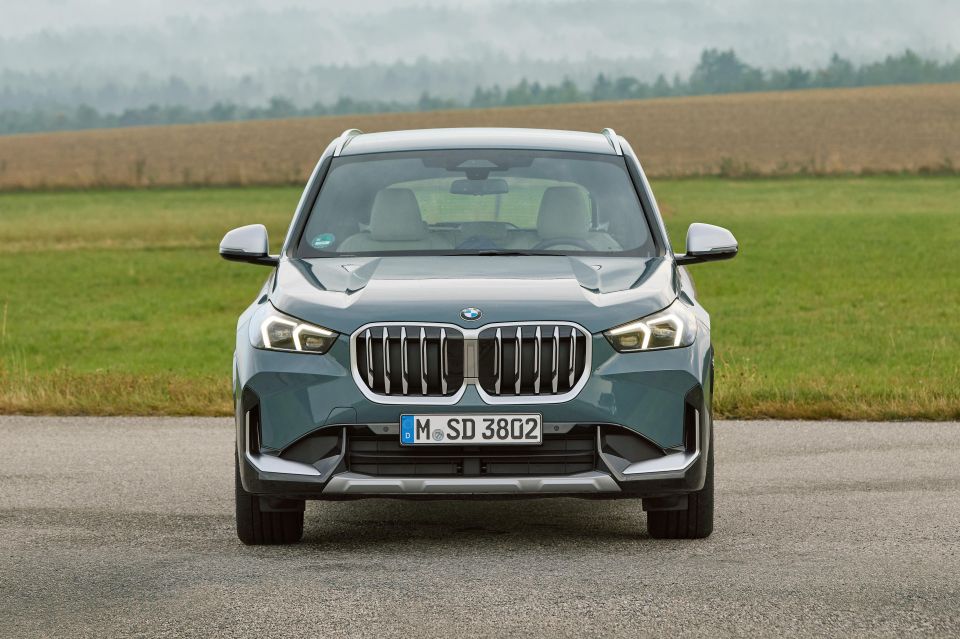
2023 BMW X1 pricing:
Prices exclude on-road costs
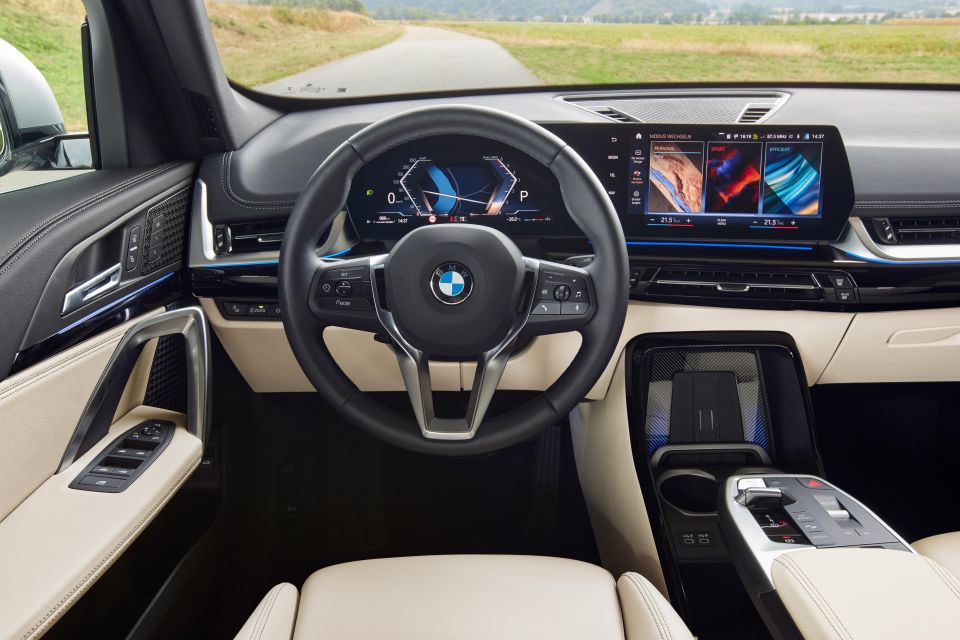
Buy your new car without the stress. It's fast, simple and completely free.

Great service from Travis and team, second time I have used this business would not hesitate to recommend them to anyone
Craig C.
Purchased a Ford Ranger in Sunshine Coast, QLD
CarExpert helped Craig save $7,224 on his Ford Ranger, now let us save you on your next new car.
Get your BEST priceThe X1 shares plenty with the 2 Series Active Tourer, and the interior is the most obvious example of that.
The overall design is fairly simple, centred around a curved display that covers about half the dashboard, along with a floating centre console that houses the toggle-style drive selector and a few buttons and switches.
Between the two is a vertical wireless charging pad with a clamp to hold your phone in place, but apart from the steering wheel and a few air vents, that’s pretty much it.
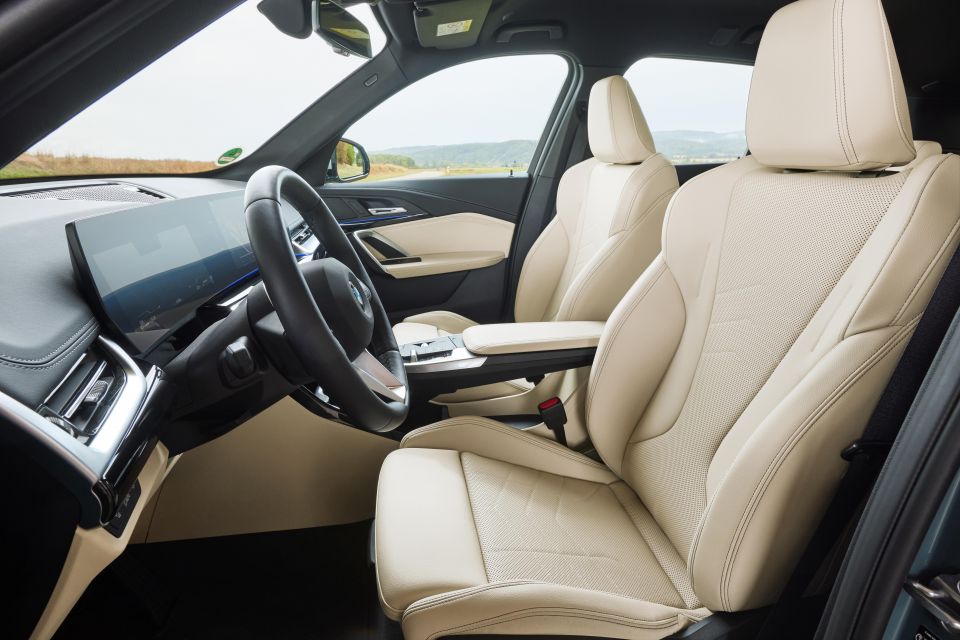

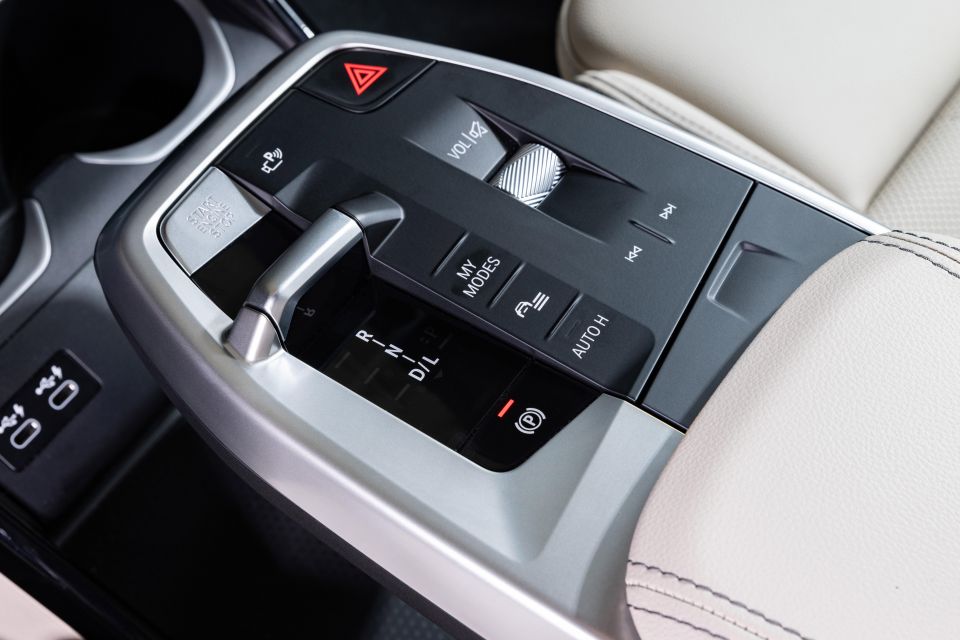
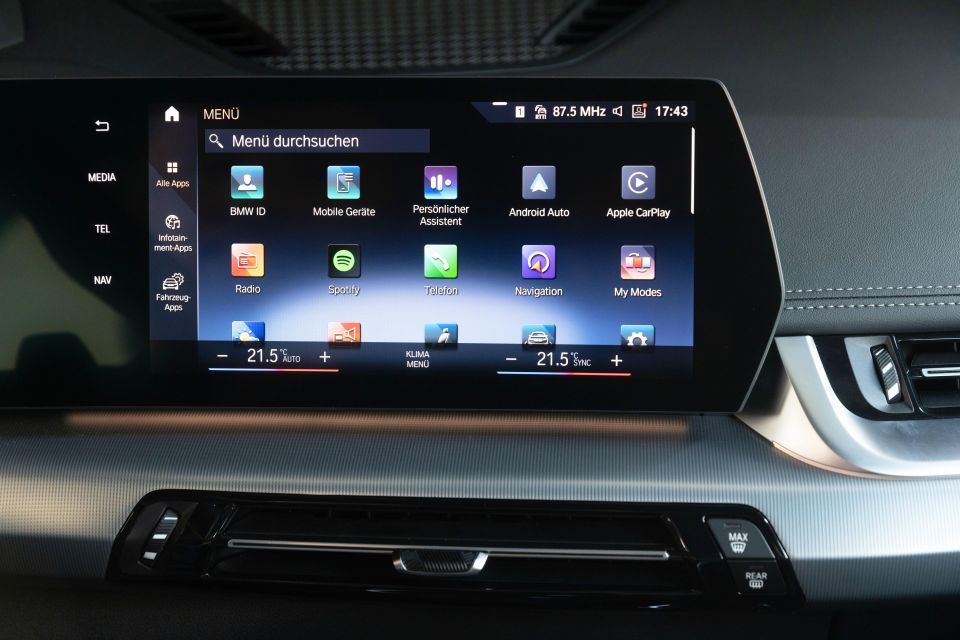
Naturally, attention is immediately drawn to the curved display, which is split into two halves.
Behind the steering wheel is a digital instrument cluster that’s easily configurable and can show drivers exactly what they need to see in the way they want to see it. The sharp display and modern, readable graphics make it more user-friendly than anything else on the market.
The same goes for the touchscreen infotainment system that makes up the other half of the seamless display. Like the instruments, it’s sharp and modern, with configurable menus and logical placement of icons and displays.
It’s a pity BMW didn’t include the iDrive rotary controller you get in the new 3 Series, which would have allowed drivers to navigate the screens without having to look away from the road so much – but that’s a small criticism.
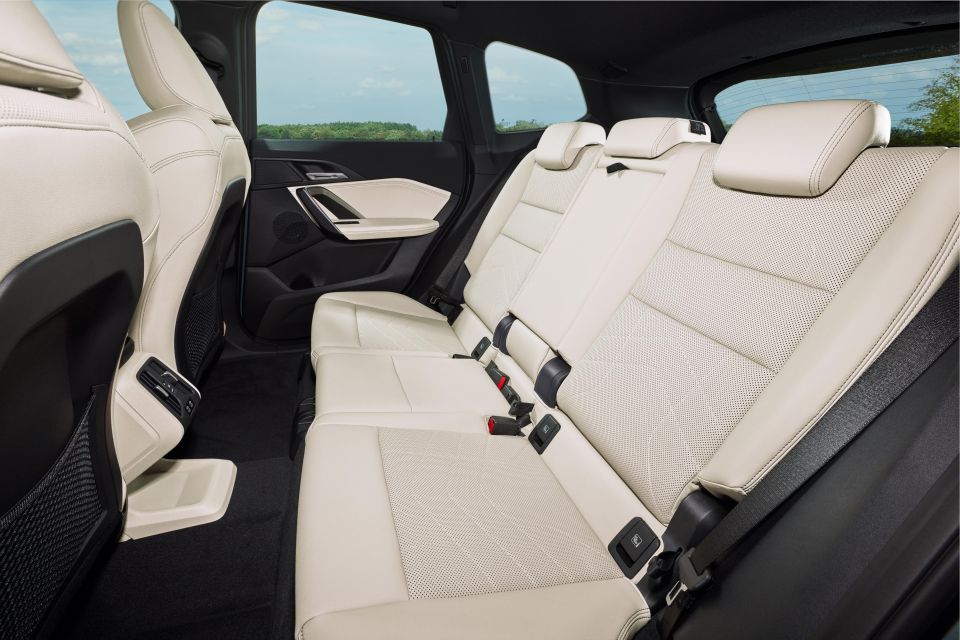
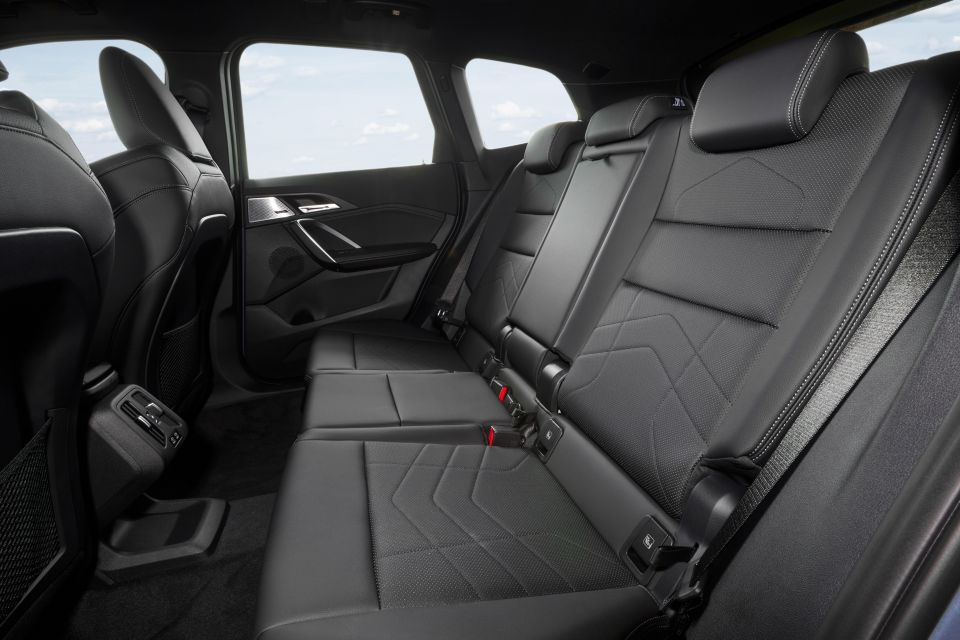
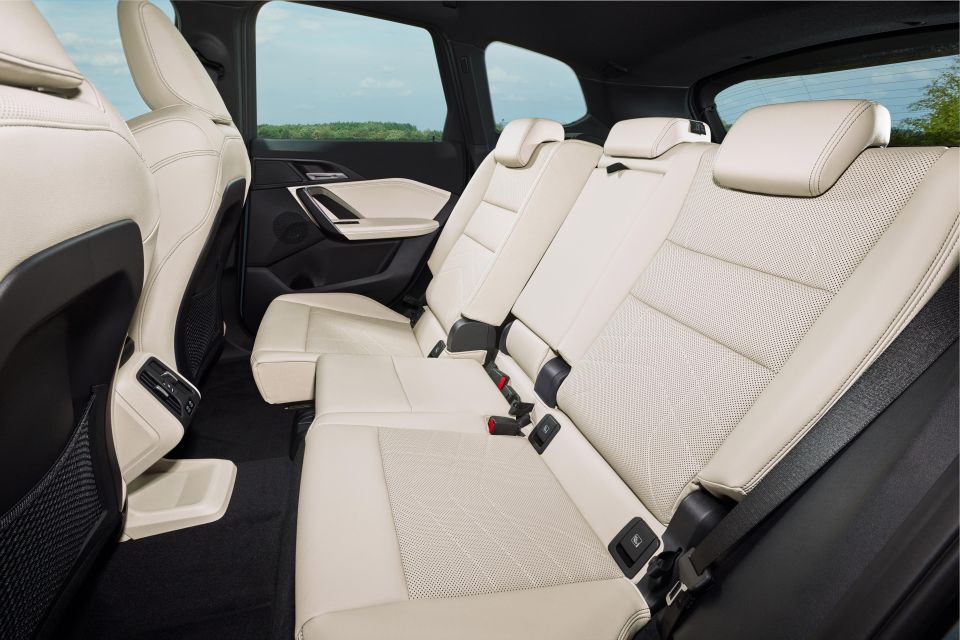

Overall, the screen is much better than those seen in most competitor products, and that’s a good thing, because it has much more responsibility.
With the arrival of the new infotainment system, BMW has removed almost all the buttons from the dashboard, shuffling most of the controls into the touchscreen. That includes operation of the air conditioning, which is now done by using a little taskbar at the bottom of the display.
The controls are always there, which instantly makes the BMW system better than some of its rivals’, but it’s still more fiddly than having an array of physical switches on the dash. And it isn’t like BMW can’t make a good switch.
To that end, the X1’s cabin is incredibly well built, with top-end materials and fastidious engineering on display all around. Every aspect feels premium and classy, as well as being robust enough to last the lifetime of the car.
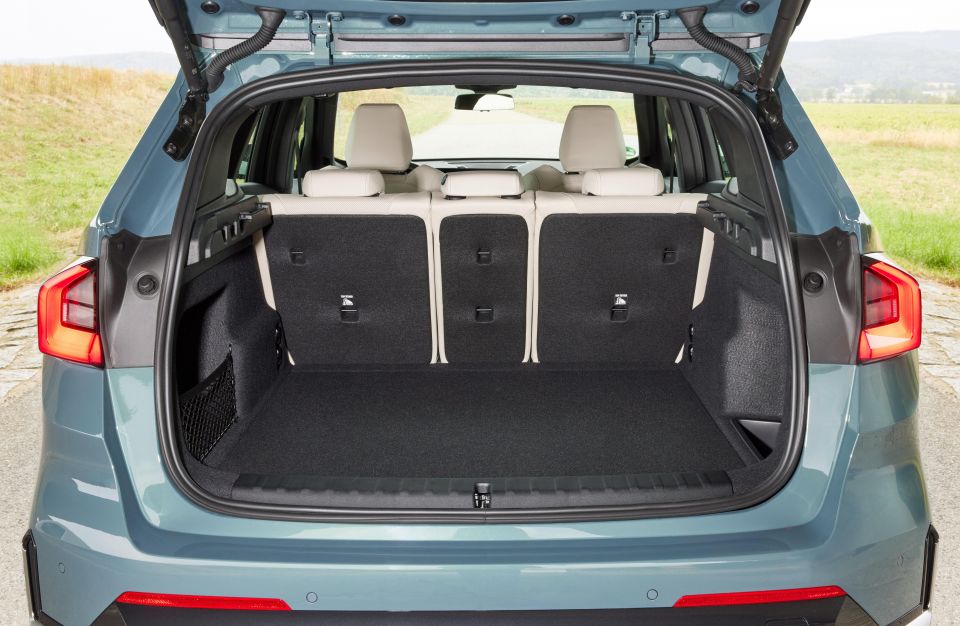
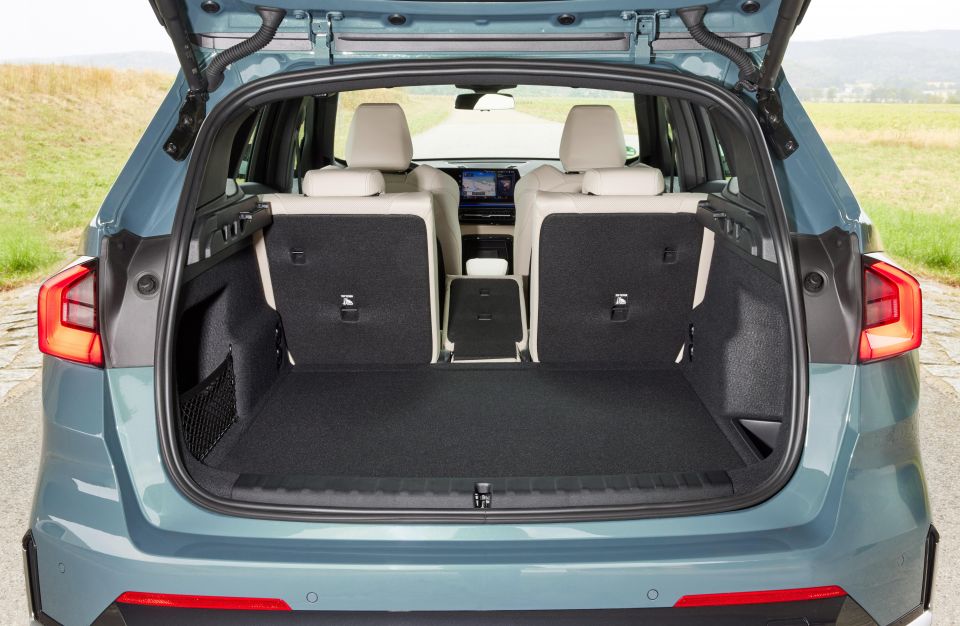
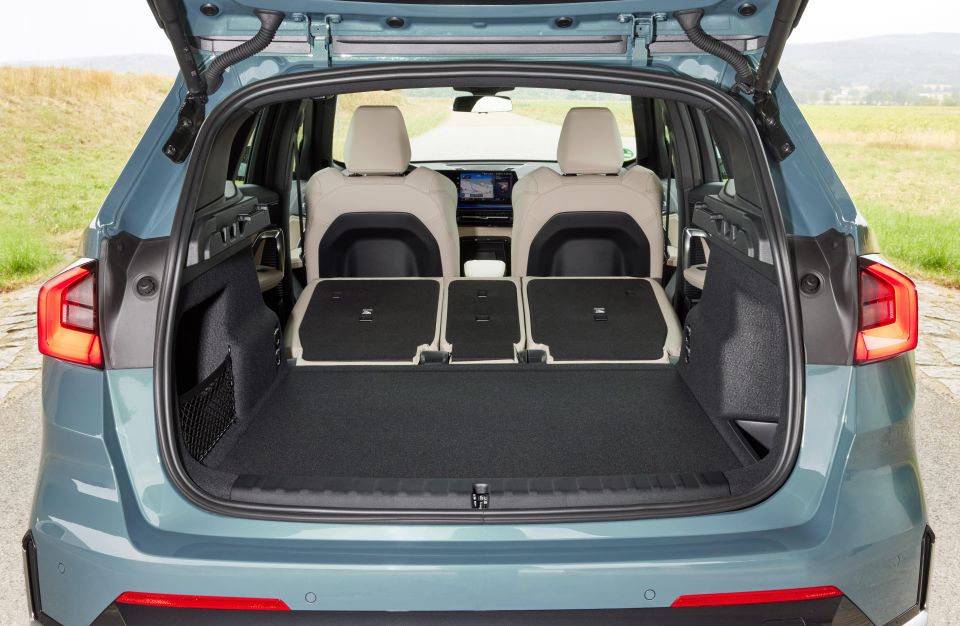

Traditionally, BMW hasn’t always been able to compete with Audi on the quality front, but the X1 runs the Q3 remarkably close indeed.
It doesn’t just match the Audi for quality, either. BMW has made the X1’s cabin bigger in every way, so there’s ample seating capacity for four adults and there’s a boot that holds 540 litres.
Admittedly, hybrid and electric versions have less room for luggage, but even the all-electric iX1 still has 490 litres of boot space – almost as much as can fit in a 3 Series Touring wagon.
Whichever version of the X1 you choose, you’ll get something at least as spacious as its rivals, if not more so.
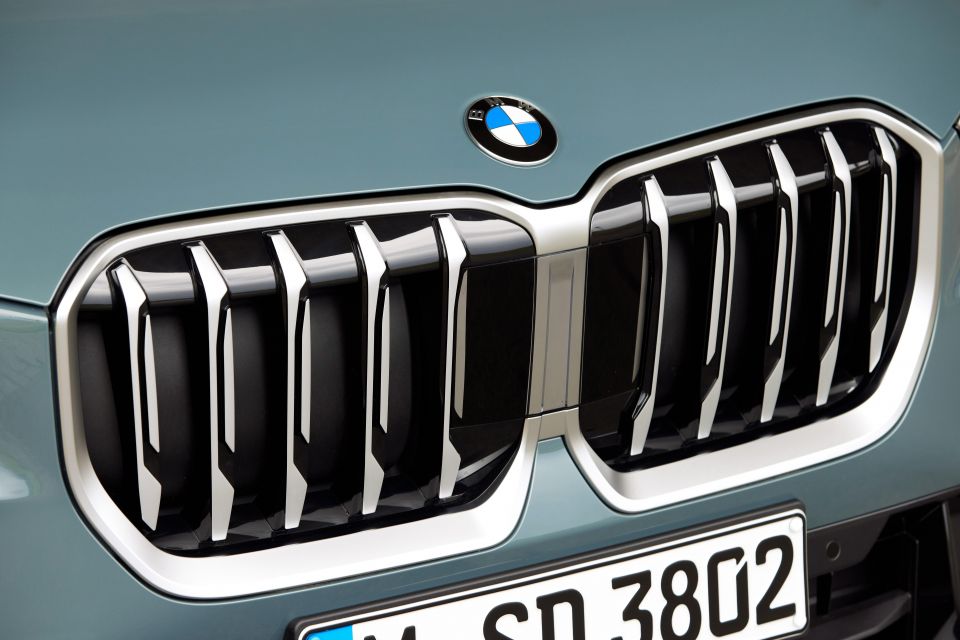
The X1 engine range is broad, and it includes two diesels, two petrol engines and two plug-in hybrid options, as well as an all-electric iX1.
Things kick off with the sDrive18i, which uses a 1.5-litre turbocharged petrol engine with 100kW and front-wheel drive. Above that is the xDrive23i, which is powered by a larger 2.0-litre turbo with mild-hybrid technology and all-wheel drive, putting out 150kW.
For those who prefer diesel power, there’s an sDrive18d model with 110kW along with an all-wheel-drive, mild-hybrid xDrive23d version with 155kW. The petrol and diesel ranges will be split by mid-range 20i and 20d models.
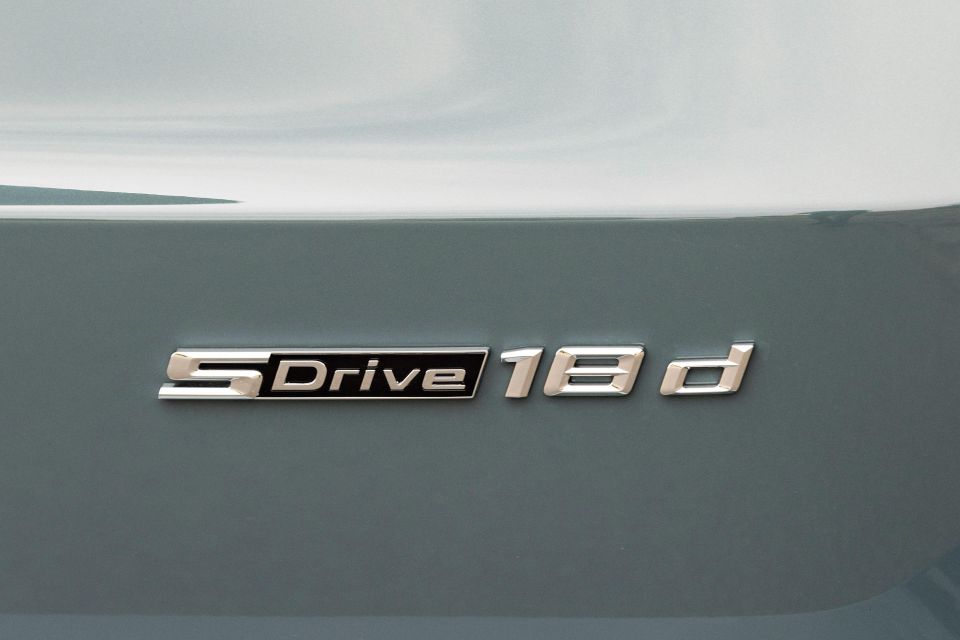
Also on the way are two petrol plug-in hybrids, both of which will be capable of around 90km on electric power alone. The basic 25e will have slightly more range – around 92km – while the more powerful 30e version will make do with an 88km range.
Then there’s the iX1 EV, which uses two electric motors and a 64.7kWh battery to cover between 413 and 438km on a single charge, while still offering 230kW and rapid performance.
So far, BMW Australia has only confirmed sDrive18i and xDrive20i engine variants for the local market, as well as the electric iX1. The mild hybrids and plug-in hybrids won’t be coming here, at least from launch.
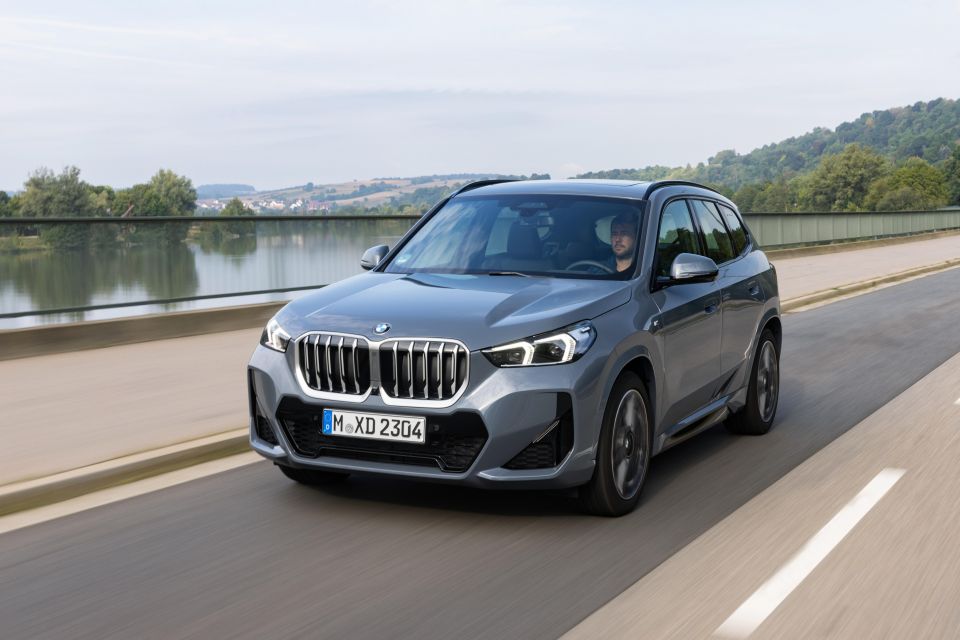
The BMW X1 has always been the best car in its class when it comes to handling, and the new model is no different.
There are compromises, thanks in part to the vehicle’s height, but the X1 manages to feel engaging and entertaining while also being stable and secure – and it accomplishes all that without a back-breaking ride.
Sure, it isn’t the most comfortable thing on four wheels, but it feels very grown up in the way it rides. Even in M Sport trim, which brings with it sportier suspension and 19-inch alloy wheels, the X1 manages to smooth over most bumps.
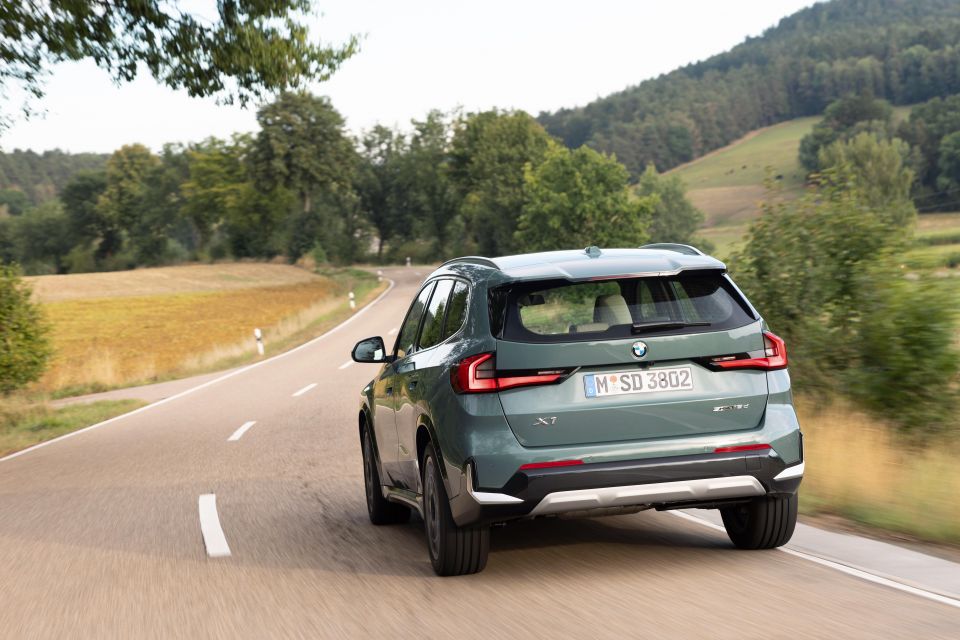
You can still feel them passing under the wheels, but they aren’t too sharp or jarring – it never gets uncomfortable.
And it still corners as well as most hot hatchbacks. Even the basic front-wheel-drive versions feel nimble and agile in a way that belies the X1’s size.
This car shouldn’t be fun to drive, but the precise steering, plentiful grip and impressive body control all ensure it’s an enjoyable thing to steer.
And it does the business when you want to be less infantile, too, with good visibility for driving around town and refined engines that make long distances less tiring and stressful than they otherwise might be.
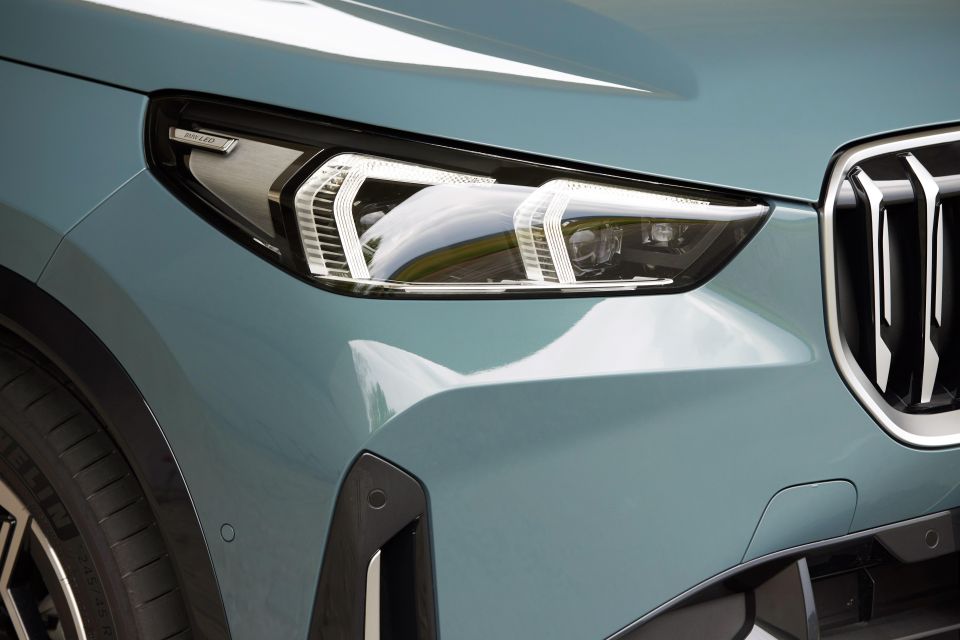

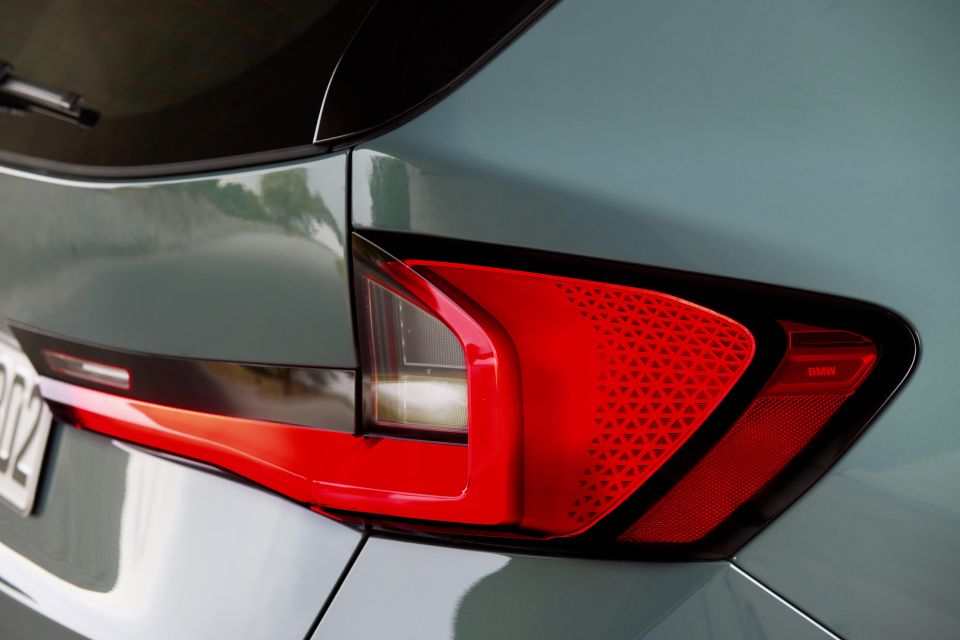
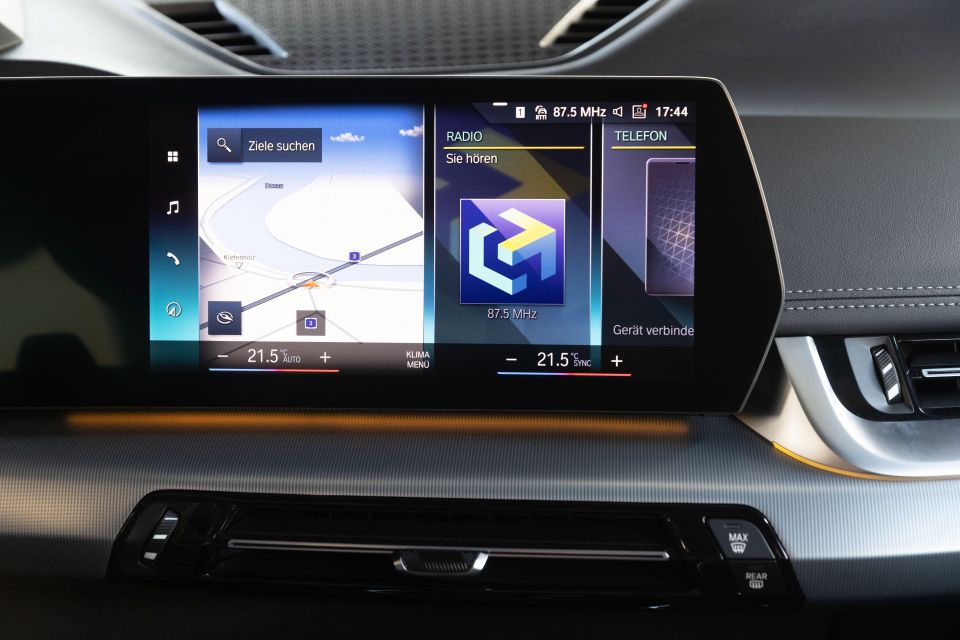
X1 sDrive18i highlights:
X1 xDrive20i adds:
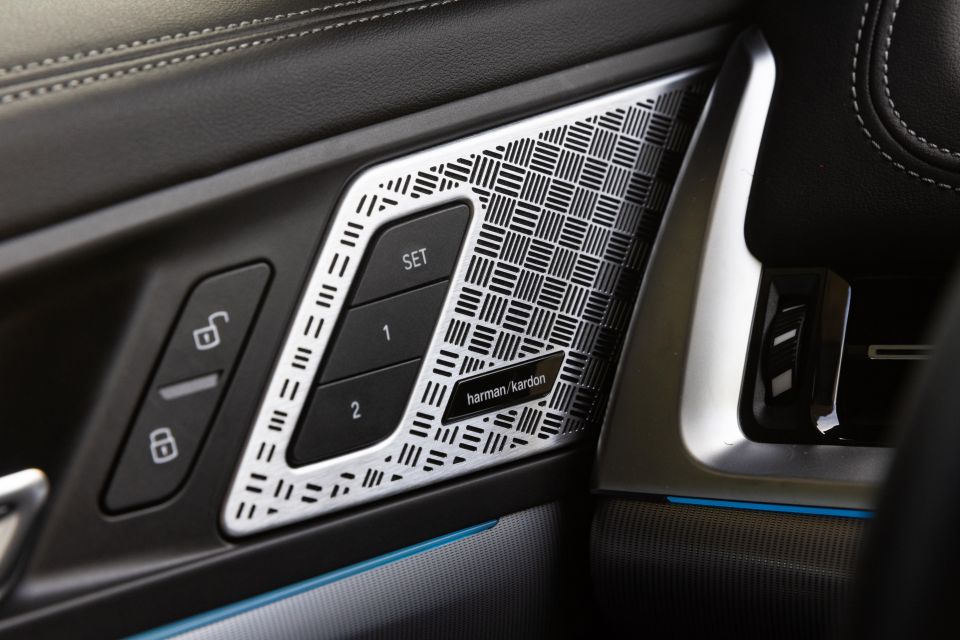
Enhancement Package: $6000 sDrive18i, $4000 xDrive20i
M Sport Package: $3000 (xDrive20i)
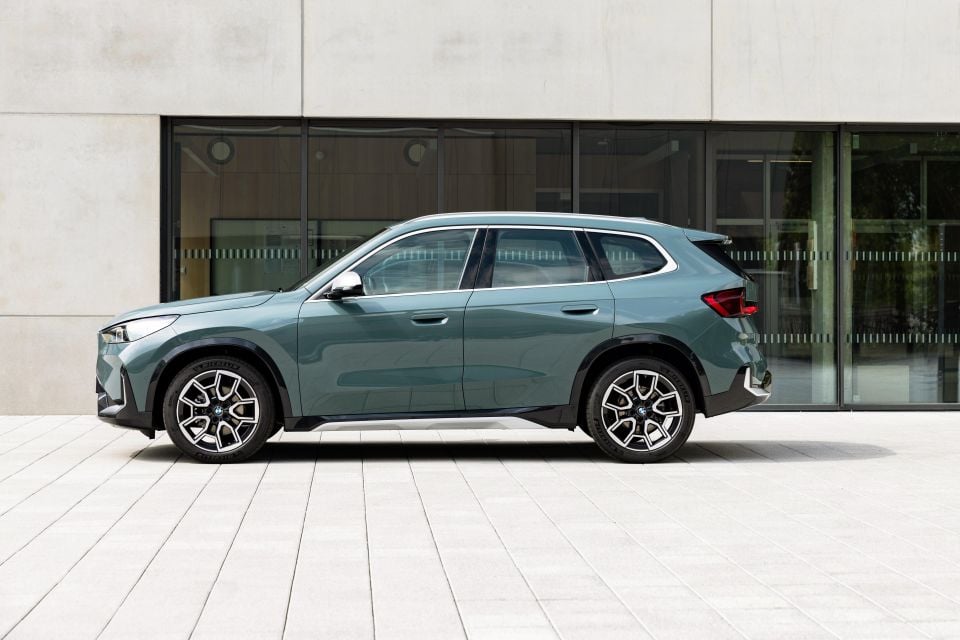
Where expert car reviews meet expert car buying – CarExpert gives you trusted advice, personalised service and real savings on your next new car.
The new BMW X1 has yet to be tested by ANCAP or Euro NCAP.
Standard safety equipment includes:
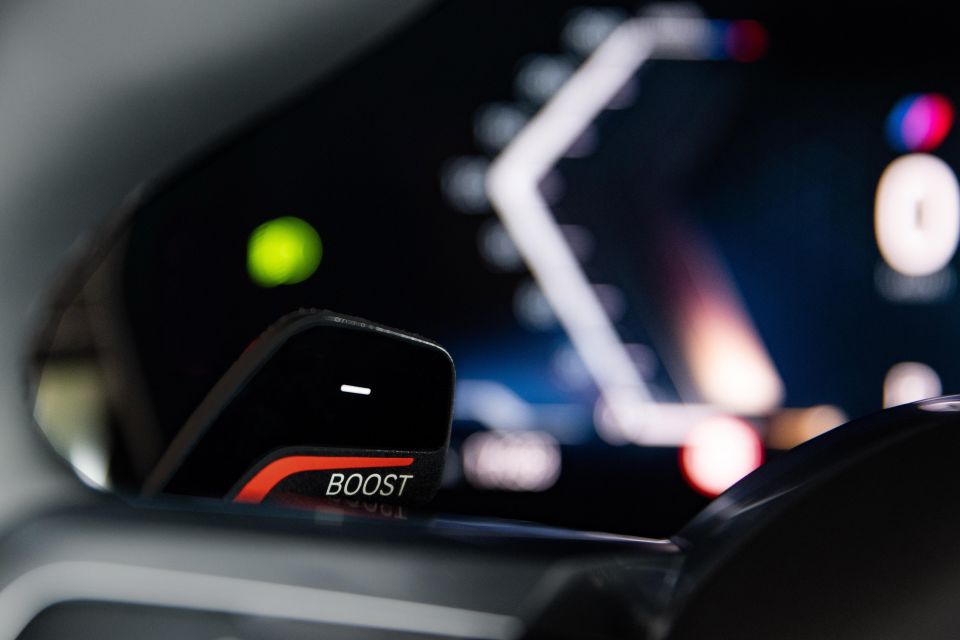
The Australian X1 range will be backed by a three-year, unlimited-kilometre warranty.
Unlike most of the industry, including most of the premium brands, BMW hasn’t moved to a five-year, unlimited-kilometre warranty.
BMW Australia hasn’t confirmed service pricing for the new X1 or iX1. Stay tuned for an update.
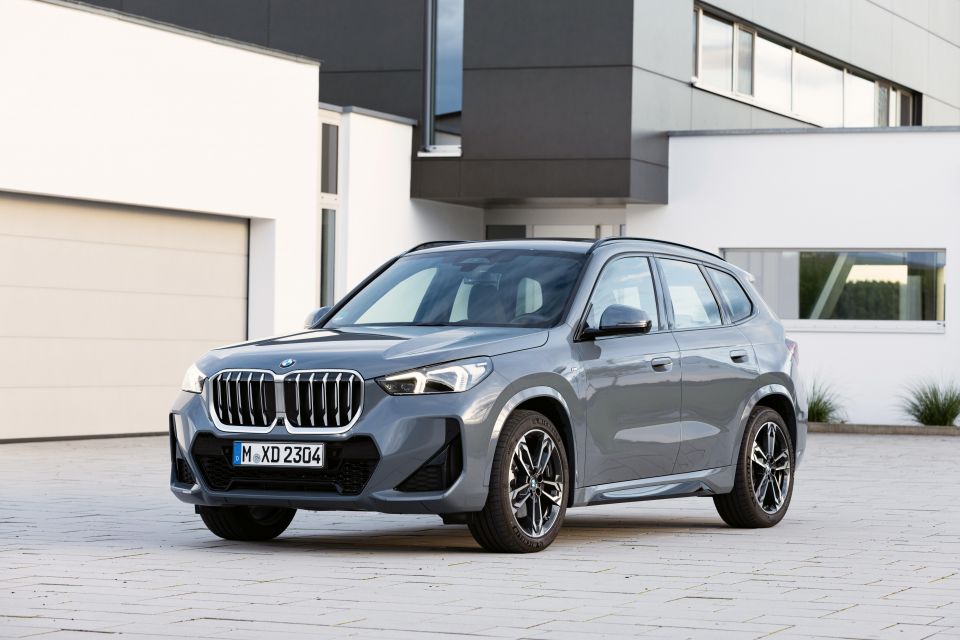
Buy your new car without the stress. It's fast, simple and completely free.

Great service from Travis and team, second time I have used this business would not hesitate to recommend them to anyone
Craig C.
Purchased a Ford Ranger in Sunshine Coast, QLD
CarExpert helped Craig save $7,224 on his Ford Ranger, now let us save you on your next new car.
Get your BEST priceThe new X1 may be hugely different to its predecessor, but the end result is much the same.
With its breadth of capability, impressive technology and a wide range of models to choose from, the BMW can be all things to all customers.
Even with so many classy cars in this sector of the market, that makes it the best in the business.
This is still very much the car against which all other premium compact SUVs will be weighed, measured and most likely found wanting.
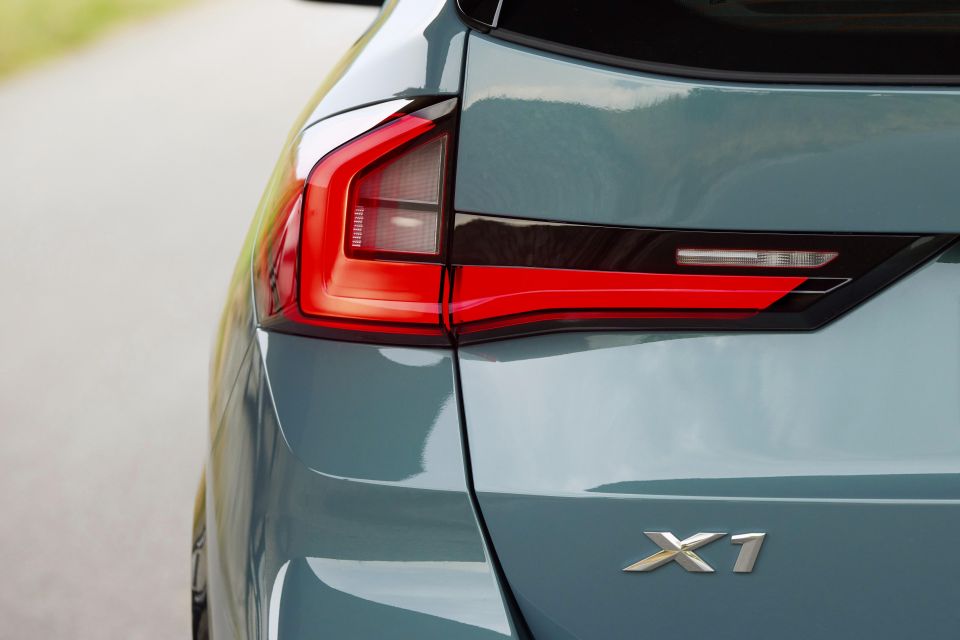
Click the images for the full gallery
MORE: Everything BMW X1
Where expert car reviews meet expert car buying – CarExpert gives you trusted advice, personalised service and real savings on your next new car.


William Stopford
2 Hours Ago


William Stopford
10 Hours Ago


Ben Zachariah
12 Hours Ago
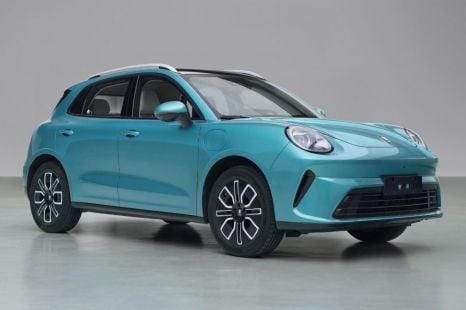

William Stopford
12 Hours Ago
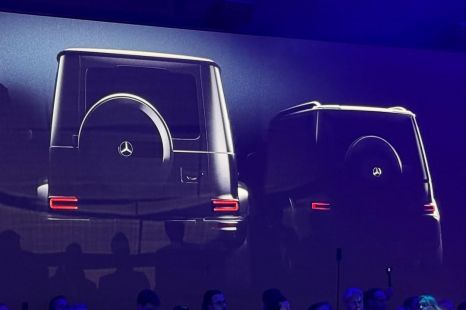

Ben Zachariah
15 Hours Ago


Damion Smy
15 Hours Ago